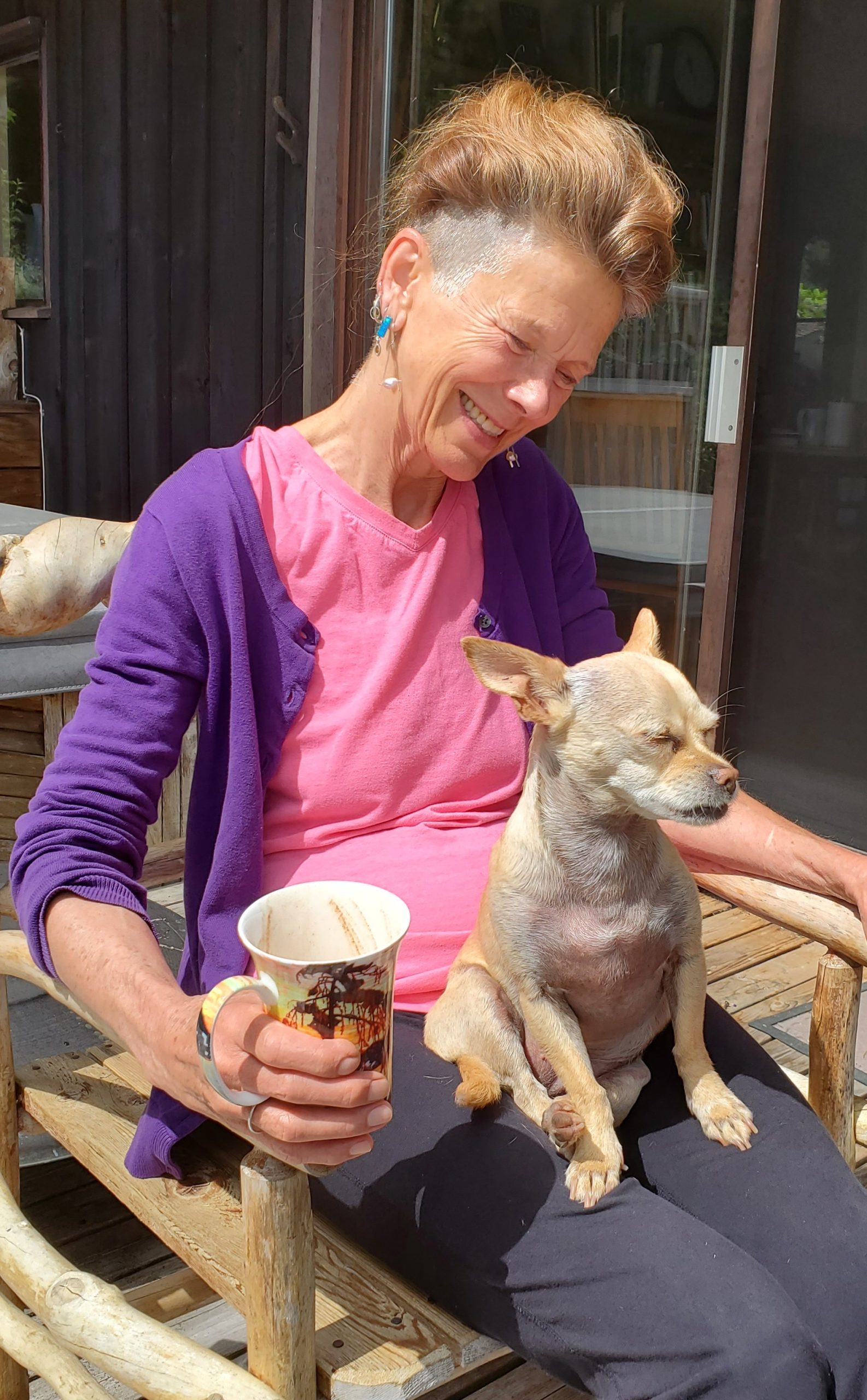Why do we inhabit gender as if it were a prison, when it is so prismatic— mischievous, mysterious, and multifaceted?
Gender is singular.
It arises from the interplay of chromosomal mosaics, hormonal flows, anatomical diversity, epigenetic shifts, ancestral influences, felt experiences, chosen expressions. Social roles, cultural storylines, environmental pressures, interior truths. So many variables—and they don’t simply add up—they multiply.
Mathematically, when complex components interact, the possibilities increase exponentially. What emerges is singularity.
No one has ever lived your gender before.
No one ever will again.
Within each unique gender, patterns unfold.
Gender is binary.
There is a real gender binary in biology, and it is not symmetrical.
Every unique human body begins with the meeting of egg and sperm—but only the egg carries a continuity that endures. The mitochondria in our cells—tiny engines of energy and memory—come from our mother’s egg alone. They are passed down through an unbroken maternal line. Your mother’s mother’s mother’s mother’s DNA glows on in you.
There is no equivalent “spermline.” The mitochondrial DNA in sperm is jettisoned at conception.
The gender binary expressed in the mitochondrial motherline is passed from ovum to ovum across deep time, reaching not only through human mothers but through the egg-bearing bodies of ancestor mammals, birds, fish, and fungi, to our common mother.
Gender is plural.
Across cultures and ecologies, singularity and binary are braided into varied forms. Fa’afafine, māhū, hijra, winkte, bissu, tastawiyiniwak—just a few names from different human cultures to honour the sacred strangeness of embodiment.
Beyond the human, gender pluralism flourishes: in the sea slug’s mutual exchange, the wrasse’s gender transformation, the asexual budding of hydra, the intricate compatibility codes of fungi.
Human bodies, too, are chromosomally plural—not just XX or XY, but XO, XXY, XYY, XXX, mosaics that carry both XX and XY cells, and chimeras blending more than one genome in a single body.
Gender unfolds in time.
It may be assigned at birth—gently, or violently—but it always keeps changing. Puberty, pregnancy, menopause, transition, illness, ceremony—each reshapes gender. What fit once loosens. What was hidden ripens.
Elderhood queers the body in predictable and unexpected ways. In a long life, we have decades to explore and create what gender can be, outside of reproductive cycles and binary roles.
Gender is composed.
It is affirmed, curated, performed, chosen. A daily devotion.
Shaving cheeks, plucking chin hairs. Bulking up, trimming down. Choosing fabrics, colors, timbres of voice. Adjusting the sway of a hip. The angle of the wrist. The cut of the cloth. The name on the tongue.
Which jewelry to wear. What surgery to consider. Which bathroom to choose
We compose gender through refusal, through silence, through alignment with norms. Every gesture is part of a lifelong improvisation.
A creative and spiritual process of self-making.
Gender is imposed.
Through cultural norms. Gendered assumptions. Birth certificates. Infant circumcisions. Bathroom signage. Medical records. Rites of Passage. Binary boxes. Celebrations. Glances. Silences. Violences. Consequences.
Some genders are compulsory and others are continually contested.
Gender is an artesian force of ongoing emergence.
It rises through constraint, pressing upward from depth.
Unbidden, unreplicable, irrepressible.
An ever-unfolding interplay of familiarity and surprise.
A place where structure hosts invention, inheritance meets refusal, and singularity sings along with swarm intelligence.
Tell me—why would we settle for less?

